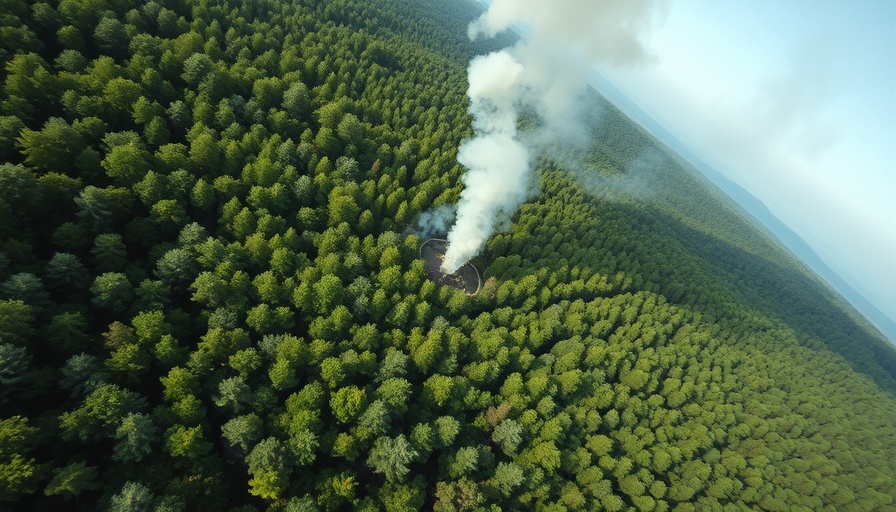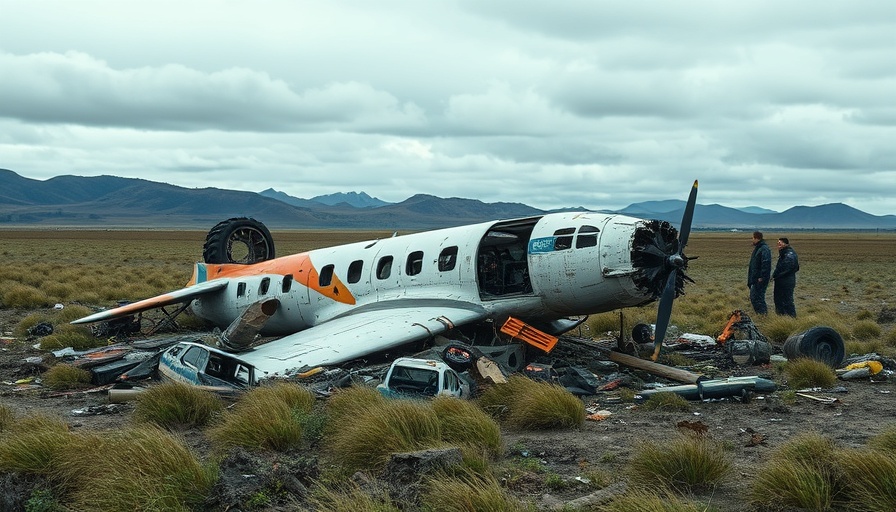
A Fatal Farewell: A Tragic Helicopter Crash in Cairns
On August 12, 2024, the breathtaking scenery of Cairns, Australia, was shattered by tragedy when a tragic misstep led to the fatal crash of a helicopter into a hotel building. This incident involved a Robinson R44 helicopter, operated by a pilot with both expertise and limitations, demonstrating the precarious balance between ambition and safety in aviation.
The Pilot's Background: Experience and Limitations
The pilot, a New Zealand native, held a commercial helicopter license with qualifications for the Robinson R44. With a total of 157.8 hours of flight experience, he had recently transitioned from ground roles in aviation to flying, after securing an equivalent civil aviation license in Australia in February 2023. Despite his commendable qualifications, he faced restrictions on night flying due to limited experience—an essential safety measure designed to protect both pilots and passengers.
The Night of the Incident: A Turning Point
Prior to his fatal flight, the pilot celebrated a farewell party organized by friends and colleagues. While Nautilus Aviation clarified that the gathering was not excessive, the impact of the night's activities raises pertinent questions about the decisions made leading up to the accident. Reports indicate he returned home later than expected that evening, and CCTV footage captured him leaving his apartment around 1 a.m. on August 12, just hours before the crash.
Circumstances Leading to the Crash
Despite holding the necessary security access, the pilot's decision to enter the hangar and take a helicopter that he was not authorized to fly contradicts his training and professional history. The Robinson R44, parked with its keys left inside—a common but risky practice in the region—became the vessel in a heart-wrenching drama that would end in disaster. This incident highlights a significant gap in policy and practice within aviation management regarding the securing of aircraft, especially when staff have access.
Understanding the Broader Implications of the Tragedy
The tragic end to a promising aviation career poses wider questions about pilot readiness and aviation safety practices. The incident has prompted calls for more stringent security measures regarding helicopter accessibility and the training protocols that ensure pilots are prepared not only technically but also mentally for flight operations. Ensuring pilots receive thorough training in decision-making and considerations of personal fitness to fly cannot be understated in preventing future tragedies.
Local Community Impact and Response
The aftermath of the crash has reverberated throughout the local Cairns community, sparking dialogue around safety in the aviation industry and the importance of accountability. Residents are left grappling with the shock of the incident, pondering the impacts on both the families involved and the broader community that has lost one of its own. As a tight-knit region, Cairns is now reminded of the vital responsibilities that come with aviation, highlighting the need for dialogue about safety policies that protect both pilots and the public.
Moving Forward: A Call for Change
In the wake of this heartbreaking incident, advocates argue that it is imperative for the aviation industry to reassess its current safety practices and regulatory measures. By prioritizing both the mental and physical preparedness of pilots and reviewing operational protocols, the community hopes to foster a safer flying environment. This crash serves as a tragic reminder of the complexities of flight and the critical need for robust safety measures and protocols to safeguard both pilots and the public.
 Add Row
Add Row  Add
Add 




Write A Comment